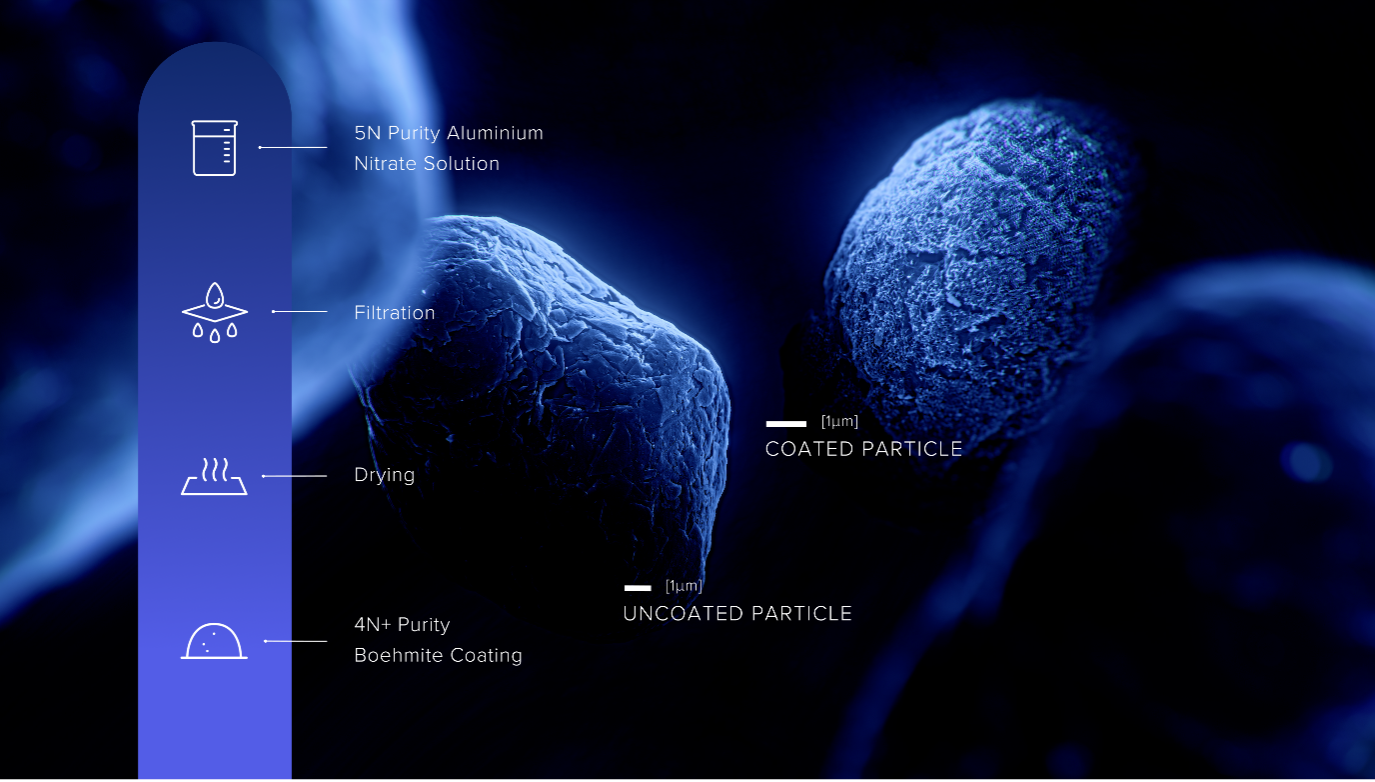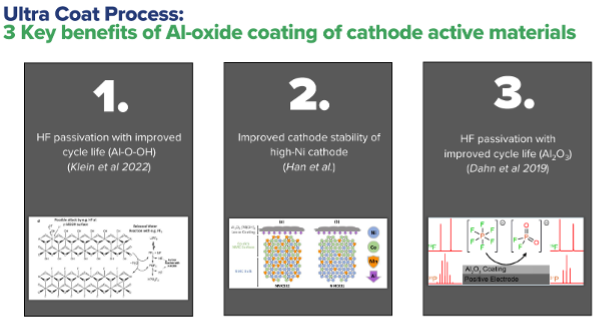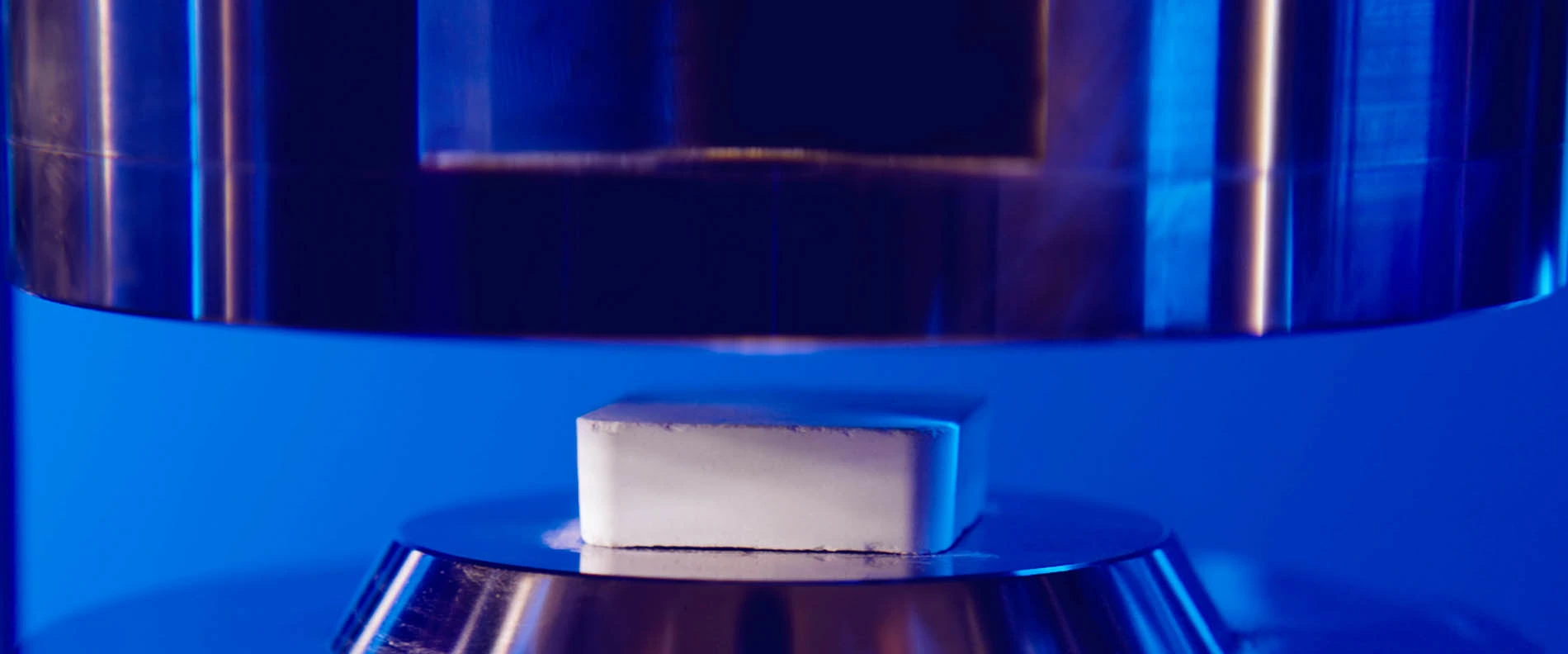The evolution of lithium-ion battery technology has paved the way for cleaner and more efficient energy storage solutions. High-nickel cathode active materials (CAMs) have garnered significant attention due to their potential to increase energy density in batteries. However, challenges such as instability and degradation accompany the advantages of these materials. A promising avenue to address these challenges involves using aluminium nitrate coatings. This blog explores the innovative application of aluminium nitrate in coating high-nickel CAMs, drawing on recent studies that highlight its role in HF passivation and improved cathode stability.
Understanding High-Nickel Cathode Challenges
High-nickel CAMs, particularly those enriched with nickel, hold the key to achieving higher energy densities in lithium-ion batteries. Yet, the quest for increased energy density has come with challenges in maintaining the structural integrity and performance of these cathodes over multiple charge-discharge cycles. Factors such as structural instability, phase transitions, and microcracking contribute to capacity fade and impedance growth.
The Aluminium Nitrate Coating Solution
Recent research has explored the potential of aluminium nitrate (Al(NO₃)₃) coatings to address the instability challenges of high-nickel CAMs. This strategy involves using aluminium nitrate as a precursor to precipitate an aluminium oxide (Al₂O₃) or boehmite (AlOOH) coating on the surface of the cathode particles, offering a range of benefits.
HF Passivation and Improved Cycle Life
A study by Klein et al. (2022)1 introduced the concept of HF (hydrofluoric acid) passivation using aluminium nitrate. The research demonstrated that when aluminium nitrate is used as a coating, it forms an AlOOH layer on the surface of the cathode particles. This layer acts as a protective barrier against detrimental reactions with electrolytes, particularly HF, which is known to cause degradation in high-nickel CAMs. The AlOOH layer effectively mitigates HF attack, improving cycle life and enhancing stability over repeated charge-discharge cycles.
Enhanced Cathode Stability
A study by Han et al. (2021)2 showcased the benefits of aluminium nitrate coating on high-nickel CAMs. The research revealed that the coating not only provided chemical protection but also contributed to enhanced cathode stability. The aluminium nitrate coating stabilised the cathode’s crystal structure, reducing the likelihood of phase transitions and microcracking during cycling. This increased stability resulted in better capacity retention and maintained performance over the battery’s lifespan.
Al₂O₃ Passivation for Longevity
Building on this research, Dahn et al. (2019)3 investigated the use of Al₂O₃ (aluminium oxide) passivation through aluminium nitrate coating. The study found that Al₂O₃, formed from aluminium nitrate, significantly improved the long-term stability of high-nickel CAMs. The protective Al₂O₃ layer acted as a barrier against electrolyte interactions and phase transitions, contributing to longer cycle life and enhanced overall battery performance.
Conclusion
The use of aluminium nitrate coatings represents a promising advancement in high-nickel cathodes for lithium-ion batteries. Through techniques such as HF passivation and the formation of protective Al₂O₃ layers, these coatings effectively address instability and degradation challenges. The studies referenced by Klein et al., Han et al., and Dahn et al. highlight the potential of aluminium nitrate in extending cycle life, improving cathode stability, and enhancing overall battery performance. As further research unfolds, the application of aluminium nitrate coatings could revolutionise high-energy-density lithium-ion batteries, making them more durable and reliable.


You can learn more about our high purity alumina products, manufacturing and commercial availability by contacting our team at Alpha HPA.
- Klein, R., Baur, C., Leker, J. et al. (2022). HF Passivation of Ni-Rich NMC Cathodes with Aluminum Nitrate for Lithium-Ion Batteries. Advanced Energy Materials, 12(1), 2101571.
- Han, M., Young, J., Lee, J., et al. Improved cathode stability of high-Ni cathodes by tailoring the properties of the surface layer. Nature Energy, 6, 21016 (2021).
- Zheng, J., Canfield, N. L., Liu, Z., & Dahn, J. R. (2019). Enhanced cycling stability of high-nickel cathodes by alumina surface passivation. Journal of The Electrochemical Society, 166(7), A1386-A1390.



